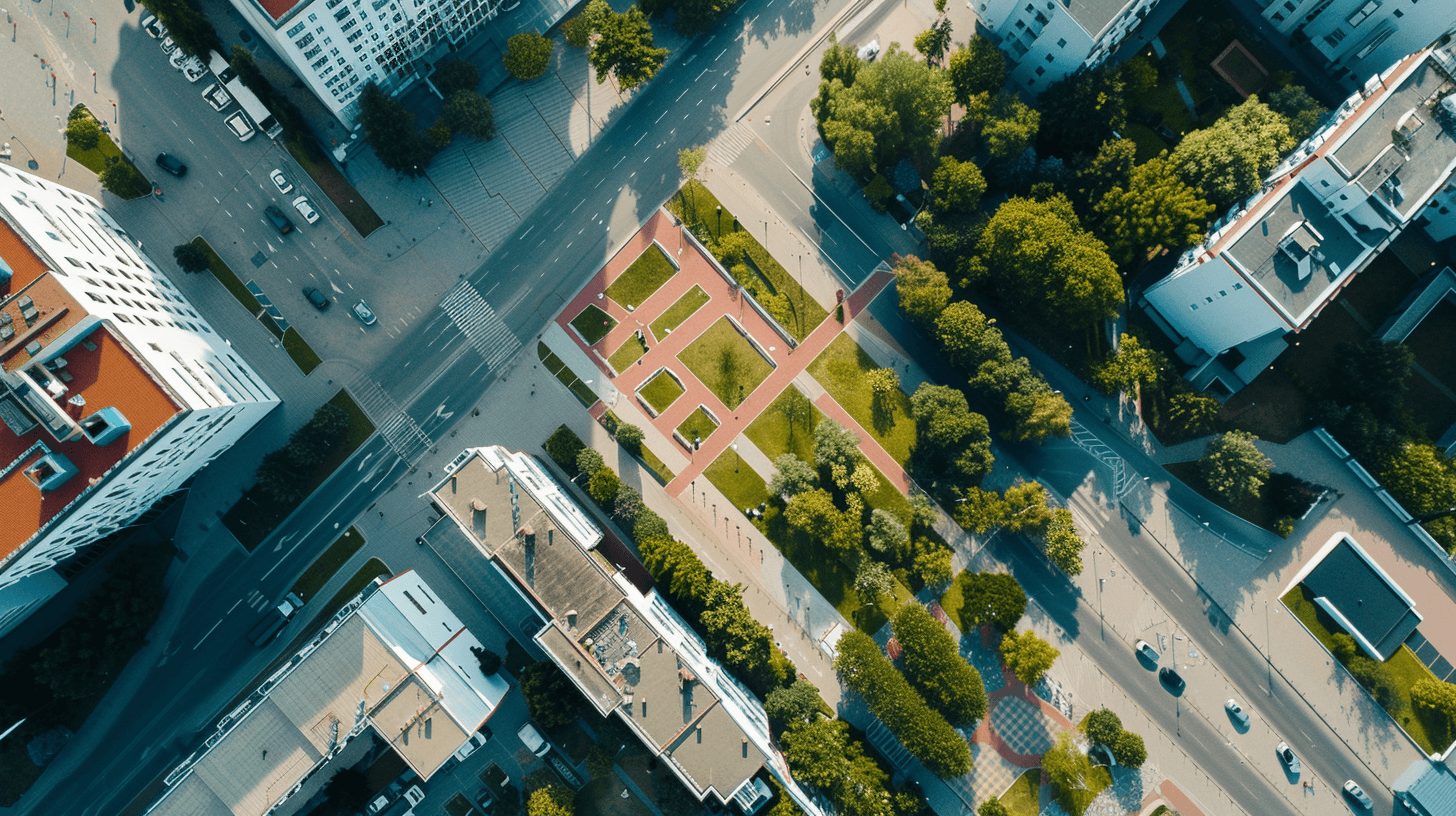By integrating connected sensors, data analytics, and responsive infrastructure, cities are enhancing public services and improving quality of life for residents.
In several urban centers, municipal authorities have deployed IoT solutions to manage traffic flow, optimize energy usage, and monitor environmental conditions in real time. “IoT is transforming our city into a living, breathing network that responds to the needs of its citizens,” said Ingrid Svensson, a city planner involved in a leading smart city project. Digital signage, smart lighting, and waste management systems are among the innovations that are reducing operational costs while making cities greener and safer.
One significant benefit of IoT integration is the improvement in public safety. Real-time data from surveillance cameras, air quality sensors, and emergency response systems allow authorities to act quickly during incidents. “This technology enables us to predict and respond to issues before they escalate,” explained Svensson. Citizens are also encouraged to use mobile apps that report local hazards or provide feedback on city services, fostering a more engaged and responsive community.
Smart city projects are not only enhancing service delivery but also driving economic growth. Local businesses benefit from increased connectivity and better infrastructure, while public-private partnerships are creating new job opportunities in technology and urban planning. “Our smart city framework is a model for sustainable urban development,” stated a government official. The initiatives are supported by generous funding and innovative policy reforms that prioritize technological integration and environmental sustainability.
Furthermore, IoT is empowering residents to monitor and manage their own energy consumption through smart home devices. These systems provide real-time insights and encourage energy-saving practices, contributing to overall community sustainability. “When citizens are part of the solution, our collective impact is far greater,” noted Svensson.
As smart city initiatives expand globally, the integration of IoT is setting new standards for urban living. From improved public services to enhanced economic opportunities, these technologies are transforming cities into dynamic, resilient environments that benefit everyone. The positive impact of smart cities is paving the way for a future where urban centers are not just places to live, but thriving communities that empower their citizens every day.







